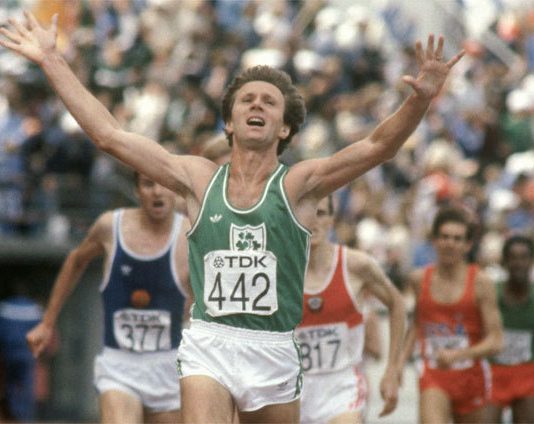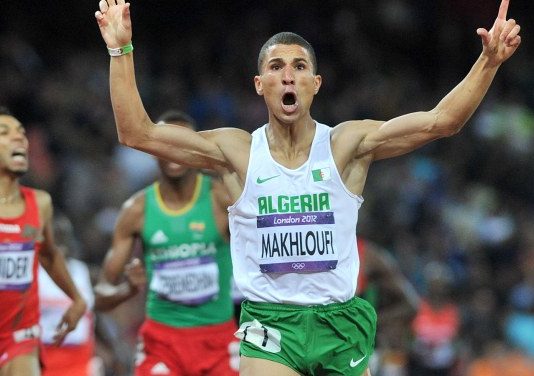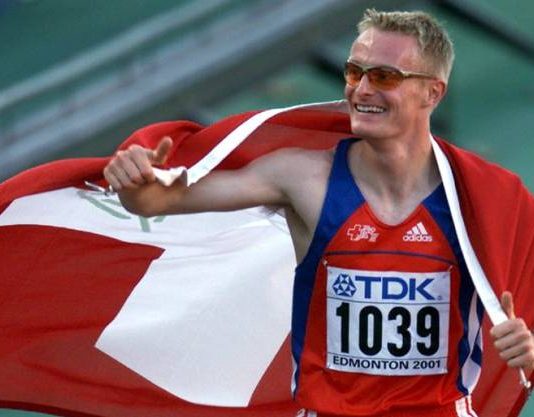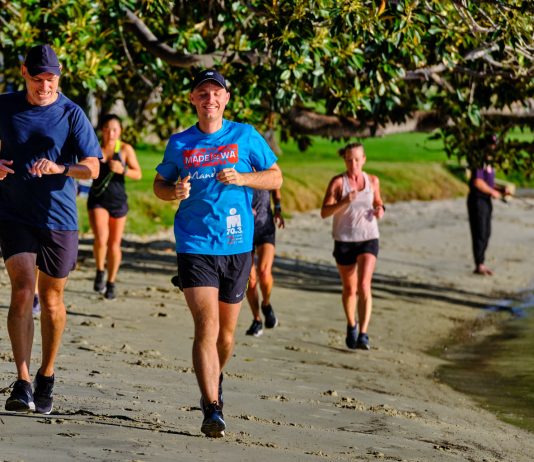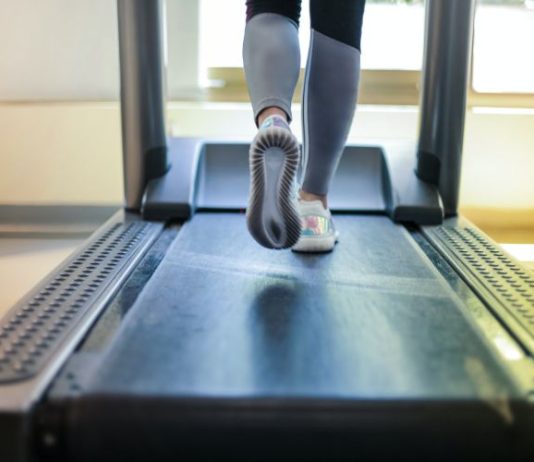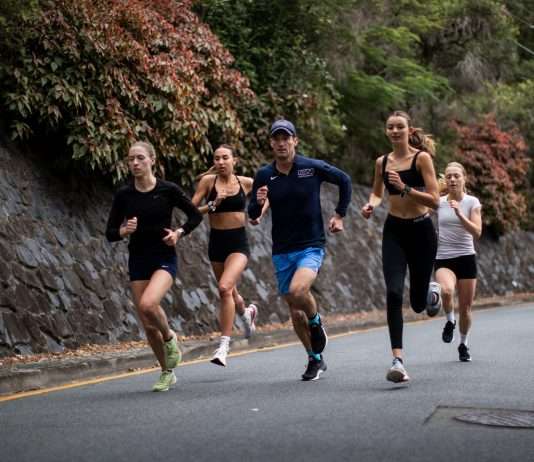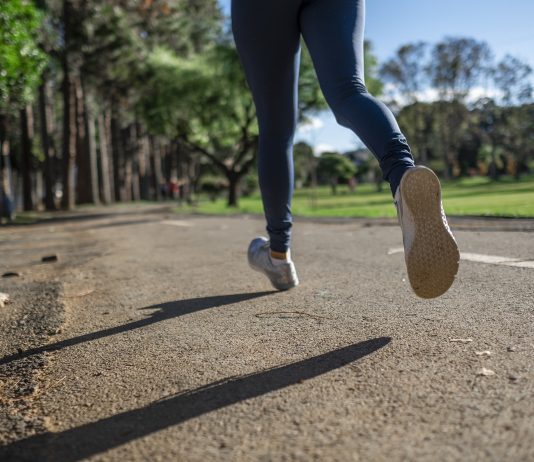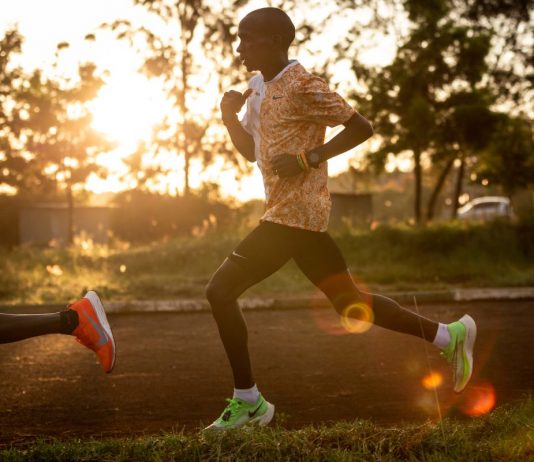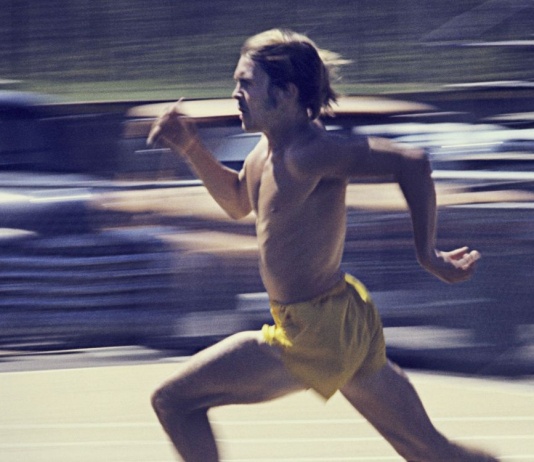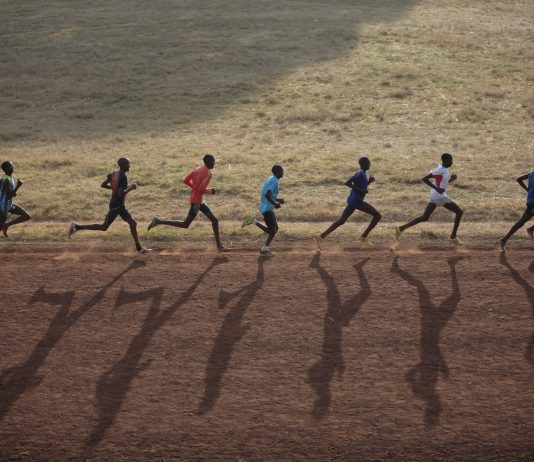The pursuit of running a mile in under four minutes remains an elusive and monumental achievement for countless athletes. Even at the age of 40, Eamonn Coghlan accomplished this feat, joining the exclusive club of sub-four-minute milers. Breaking through this barrier has seen remarkable performances, with some athletes shattering records while others inch closer. As we delve into the training program designed to crack this ultimate goal, we witness tales of triumph and unique approaches that have propelled athletes toward the pinnacle of their athletic endeavors.
Taoufik Makhloufi, the Algerian track and field star, has made a name for himself in the 800m and 1500m events. His outstanding achievements include three Olympic medals—gold and two silvers—in the 2012 and 2016 Games.
For years, it was believed that Africans had an unbeatable advantage in the 800m race, and that no European runner could break their dominance in this event. However, Swiss athlete Andre Bucher challenged this perception with his outstanding performances during the summer of that year. Despite being a fair-skinned...
Even while this workout sounds difficult, it is important to keep in mind that 20 x 400m only equals 8 kilometers (approximately 5 miles) of hard running, making it comparable to a common exercise like five times a mile. The physical distance traveled is not as difficult as the mental strain of dividing it into numerous bits. Finding the appropriate mental state that combines restraint, calm, and focus is so essential. You will know you are prepared to race when you finish the workout feeling exhausted but victorious rather than fatigued.
While the treadmill may lack the picturesque scenery of outdoor routes, it offers numerous advantages that make it a favorite among elite runners like Eilish McColgan. Inclement weather poses a safety risk on outdoor surfaces, making the treadmill a reliable alternative. Additionally, studies show that treadmill running can lead to adjustments in stride length and frequency, ultimately improving cadence and reducing impact forces on the body.
Are you preparing for the 1500m race and curious about your race pace? Look no further. Below, we present five workouts that can serve as indicators of your current form and help you gauge your readiness for the race.
Threshold training, or T-pace, running is highly beneficial for distance runners, providing satisfying workouts and better consistency while avoiding overtraining. There are two types of threshold training: tempo runs and cruise intervals. Tempo runs are moderately prolonged runs that improve endurance, while cruise intervals involve repeated runs with brief recoveries. The focus here is on tempo runs, including extended tempo runs.
The topic of slowing down the pace during easy runs is frequently talked about, but what is considered slow? How much of a reduction in speed is necessary? To clarify this, you can watch a short video featuring Eliud Kipchoge, the world record holder in the marathon, and the NN Running Team. If this doesn't convince you to take it easy on your easy days, then perhaps nothing will.
Elite 5K runners often speak of one particular workout with reverence: the Pre 30-40 workout. This workout was originally designed by legendary American distance runner Steve Prefontaine as part of his training regimen for the 5K. The workout consists of alternating between a 30-second 200m run and a 40-second 200m run, for a total of 3 miles. It has become a classic among elite distance runners, and its effectiveness is widely recognized.
If you're a runner, you've probably heard terms like "interval training," "speed work," and "repetitions" thrown around. But do you really understand what they mean and how to incorporate them into your training program? This article aims to provide a basic understanding of these concepts and the potential risks associated with them.


